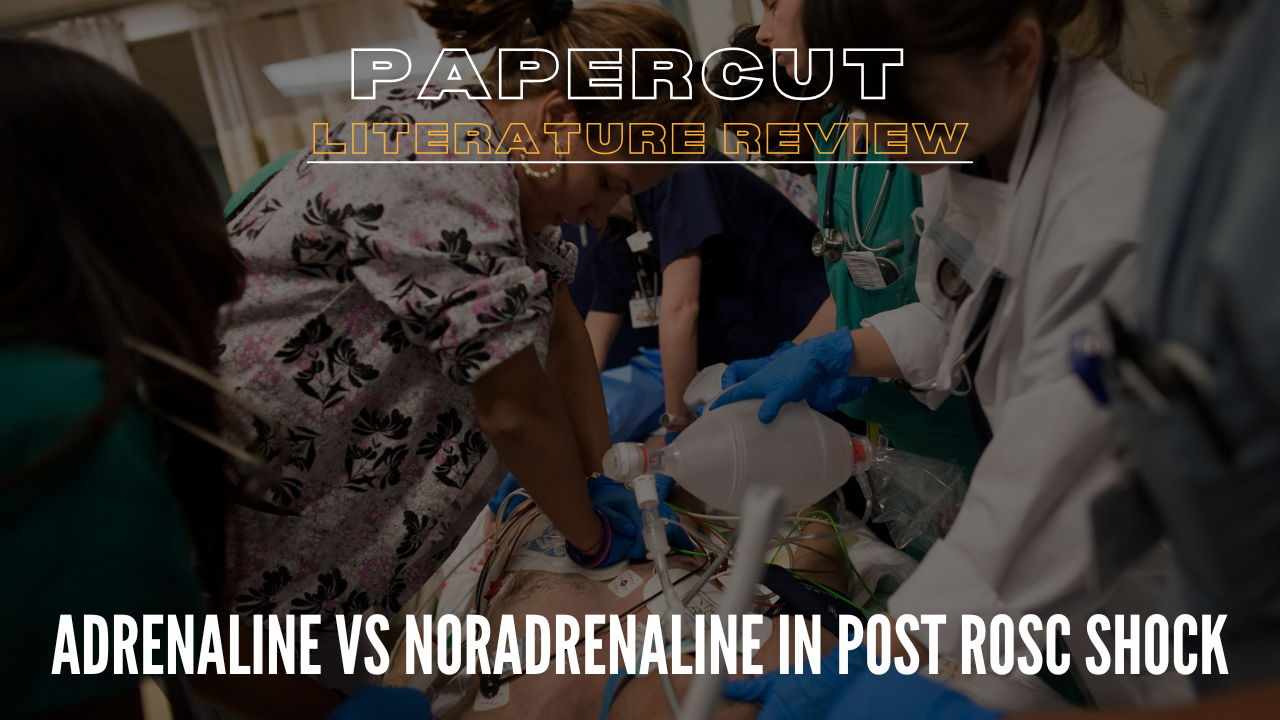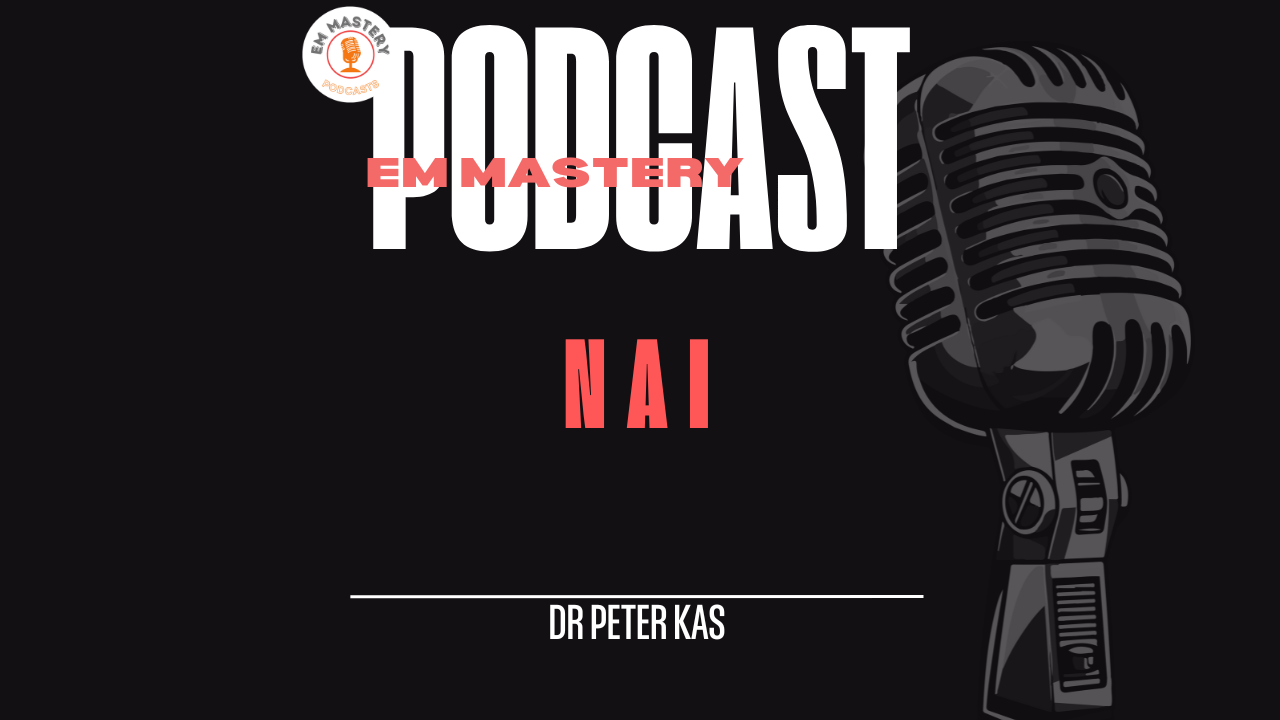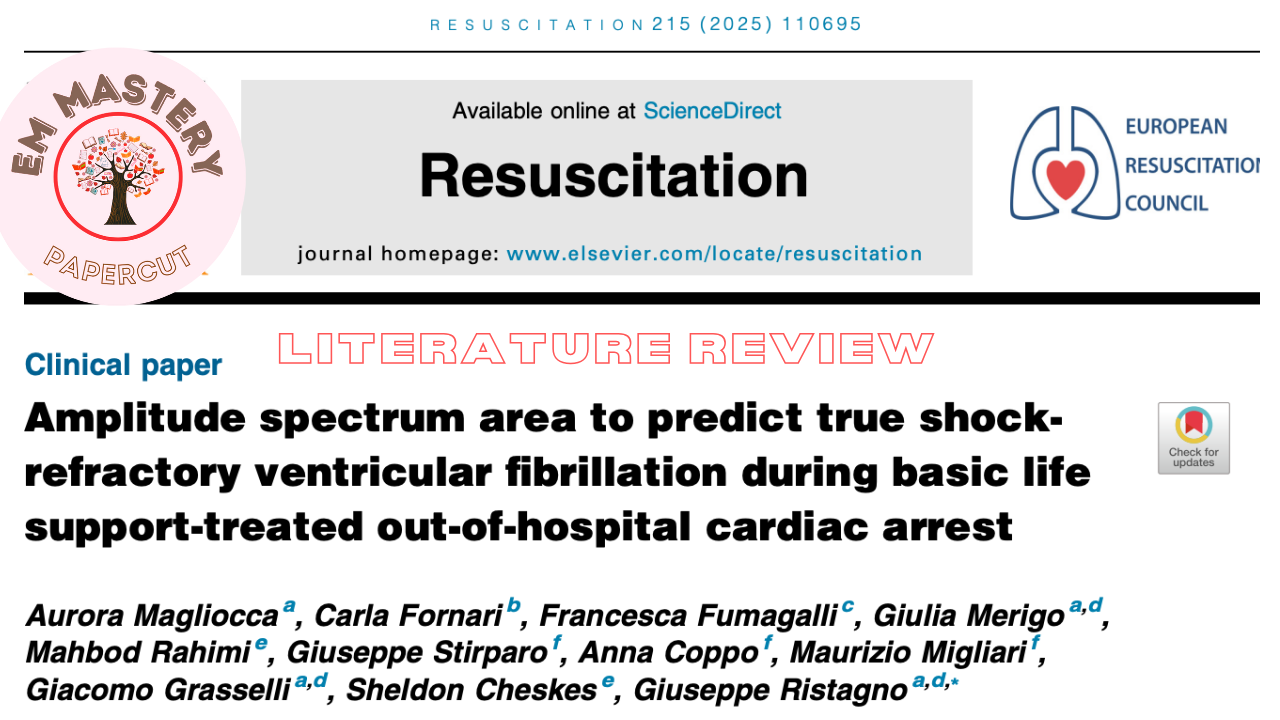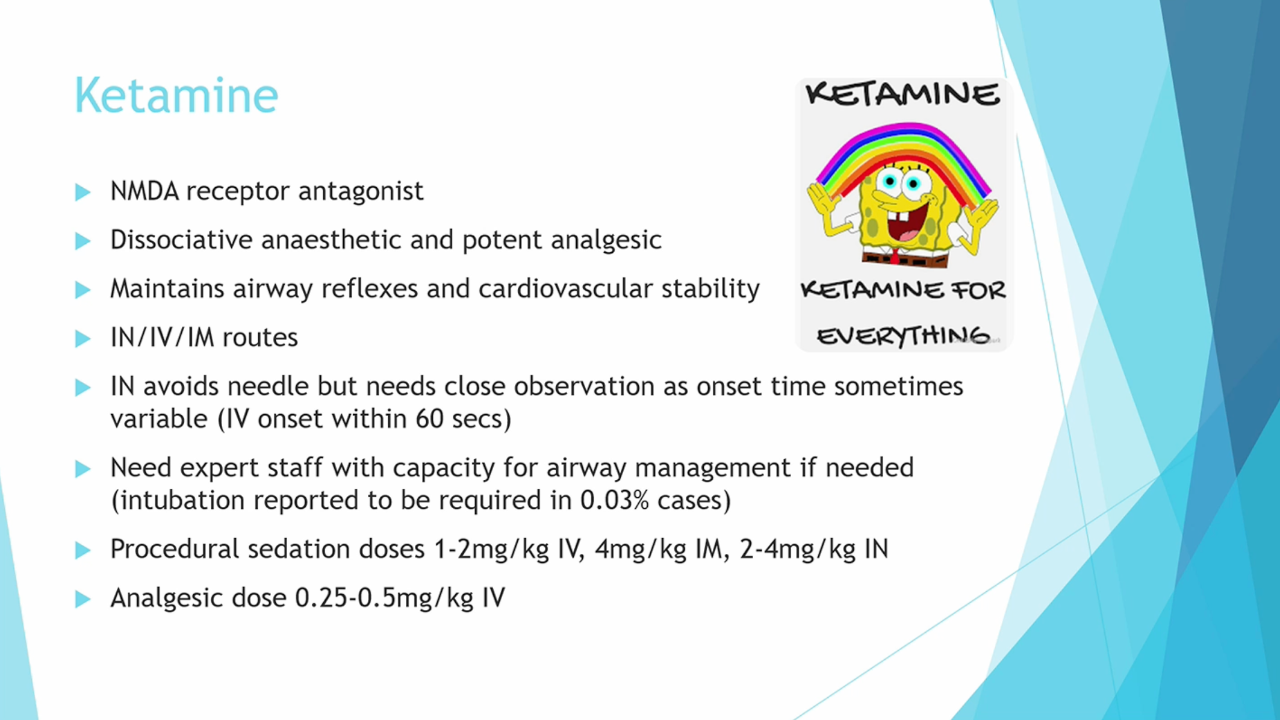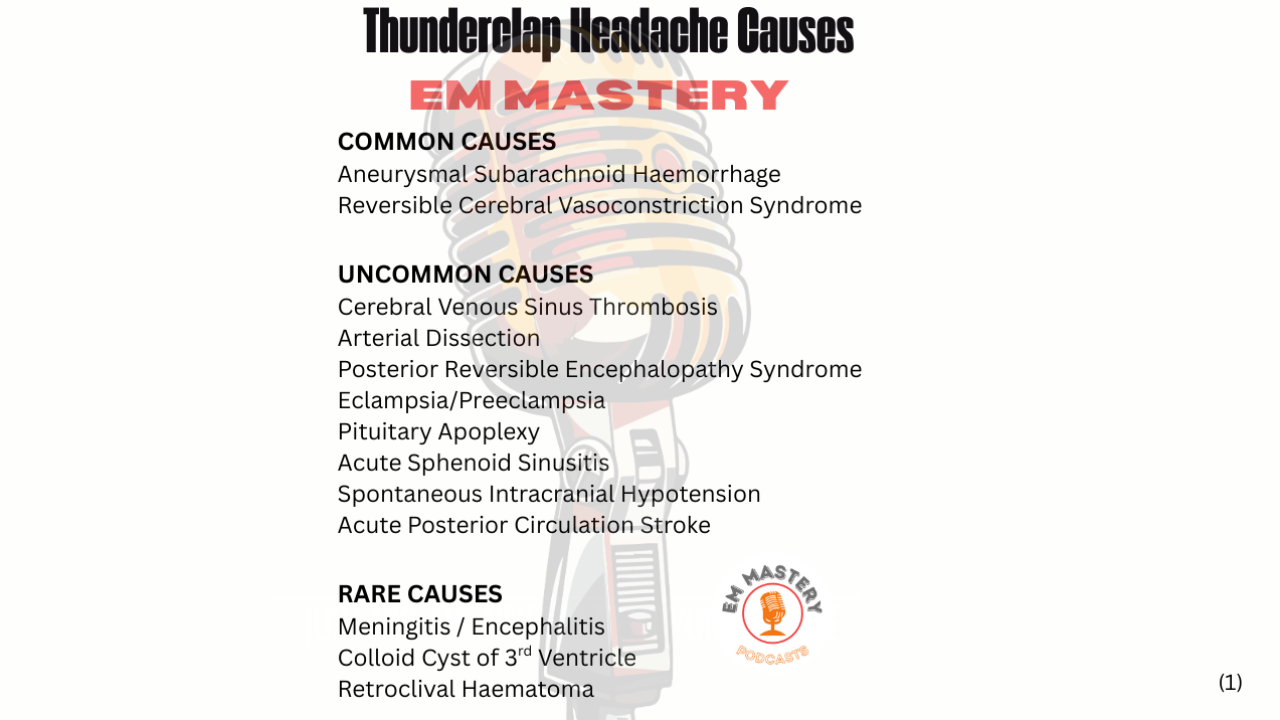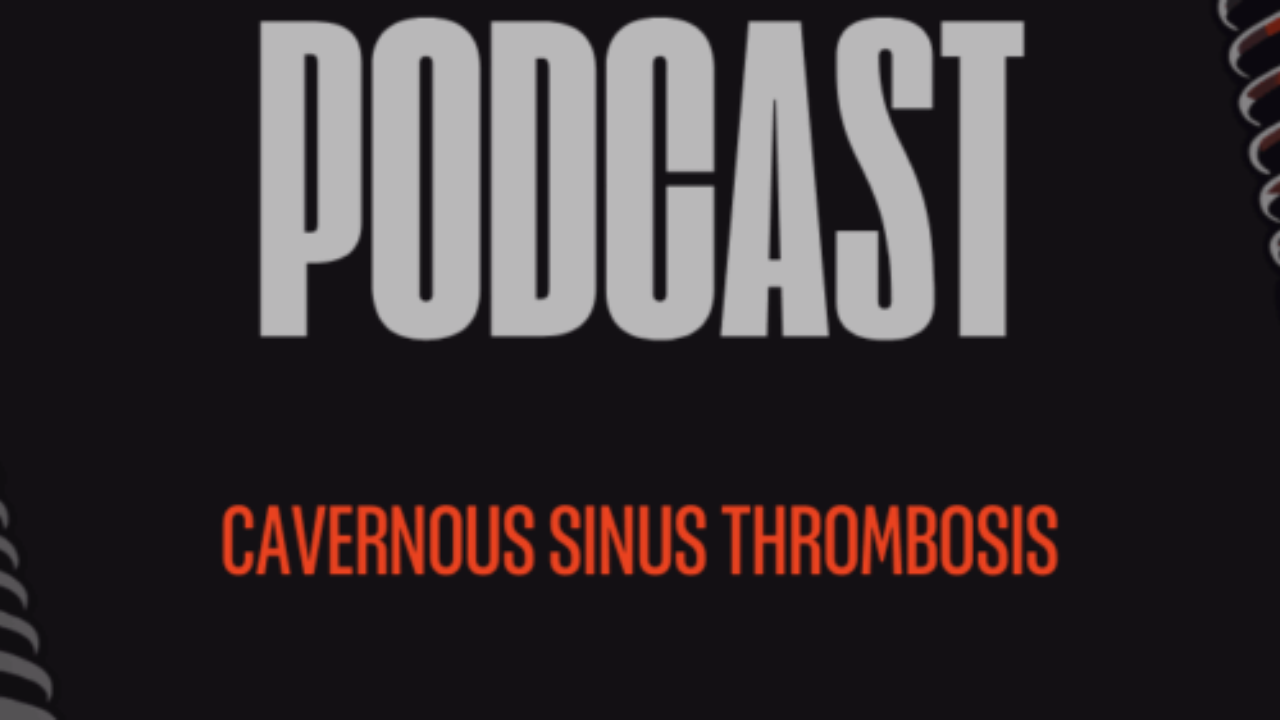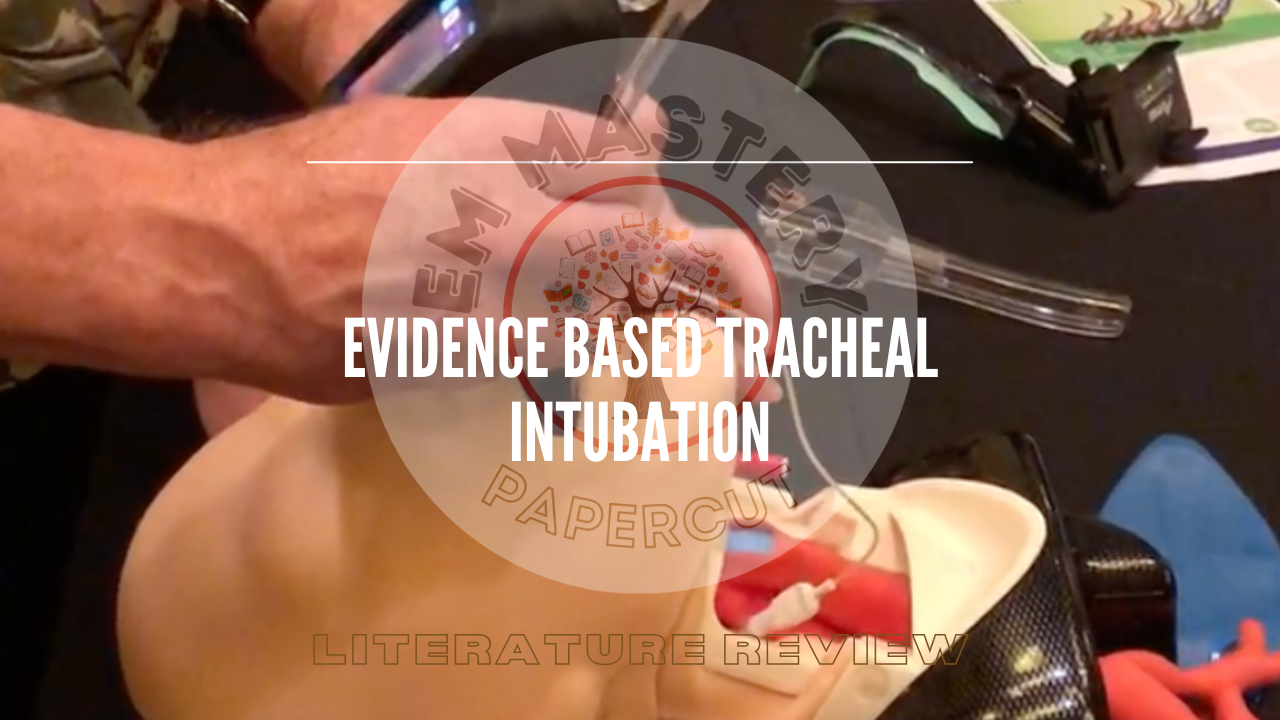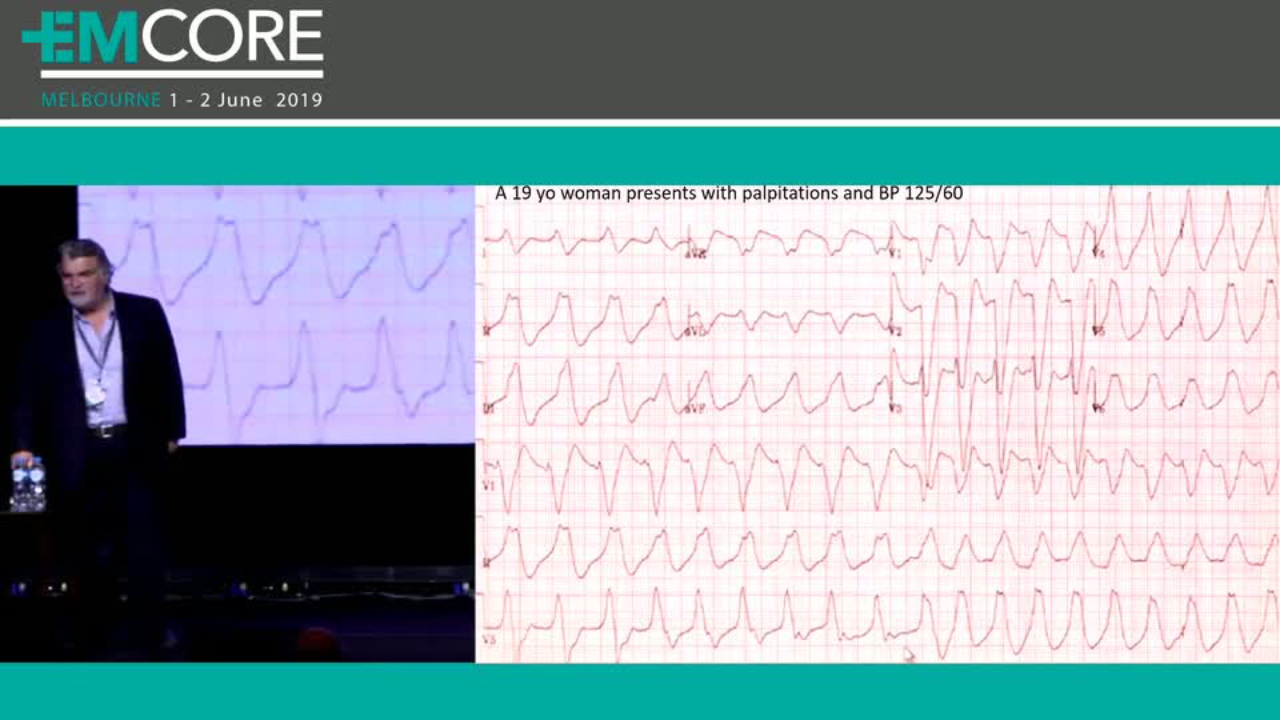
What Energy to Use when Cardioverting AF
May 15, 2024When I cardiovert AF, I use the highest energy possible energy in the first cardioversion attempt. I consider this to be a resistant arrhythmia and want to have the best chance of cardioversion. Is this what everyone else does? Do you escalate doses? What does the evidence show?.......Enter the BEST AF Trial(1).
What They Did
This was a Prospective, Multicentre randomised trial, using biphasic defibrillation.
In. this trial patients had persistent atrial fibrillation, or were referred for cardioversion.
This is not the group of patients with new onset AF we usually see in the Emergency Department.
Patients were randomised into 2 groups:
- Escalating Energy: 100J, 150J, 200J, 200J or
- Non-escalating: 200J, 200J, 200J.
Successive shocks were a minimum of 1 minute apart
Successful cardioversion was the maintenance of sinus rhythm for a minimum of 30 seconds.
What they found
In the escalating energy group
- 48% first shock success
- 59% first shock success if BMI < 25kg/m2
- 44% first shock success if BMI >25kg/m2
In the non-escalating group
- 71% first shock success
- 50% first shock success if BMI < 25kg/m2
- 75% first shock success if BMI >25kg/m2
My Take on This
Although this study was not an Emergency Department Study, I feel confident in using the results, as I believe that we are looking at a group (persistent AF), were reverting the rhythm to sinus may be even more difficult. I would extrapolate that the results in the acute AF patient where electrical and physical remodelling has not yet taken place that using the results may lead to greater success rates.
First shock success was higher in the non-escalating energy group and certainly in patients with higher BMI. I will certainly use 200J as my first dose.
Reference
- Glover B M, et al Biphasic Energy Selection for transthoracic cardioversion of atrial fibrillation. The BEST AF Trial. Heart. 2008 Jul;94(7):884-7
Join Our Free email updates
Get breaking news articles right in your inbox. Never miss a new article.
We hate SPAM. We will never sell your information, for any reason.


